Ethnoglaciology: Annie Savaria-Watson '19 reflects on the Edward Guiliano '72 Global Fellowship
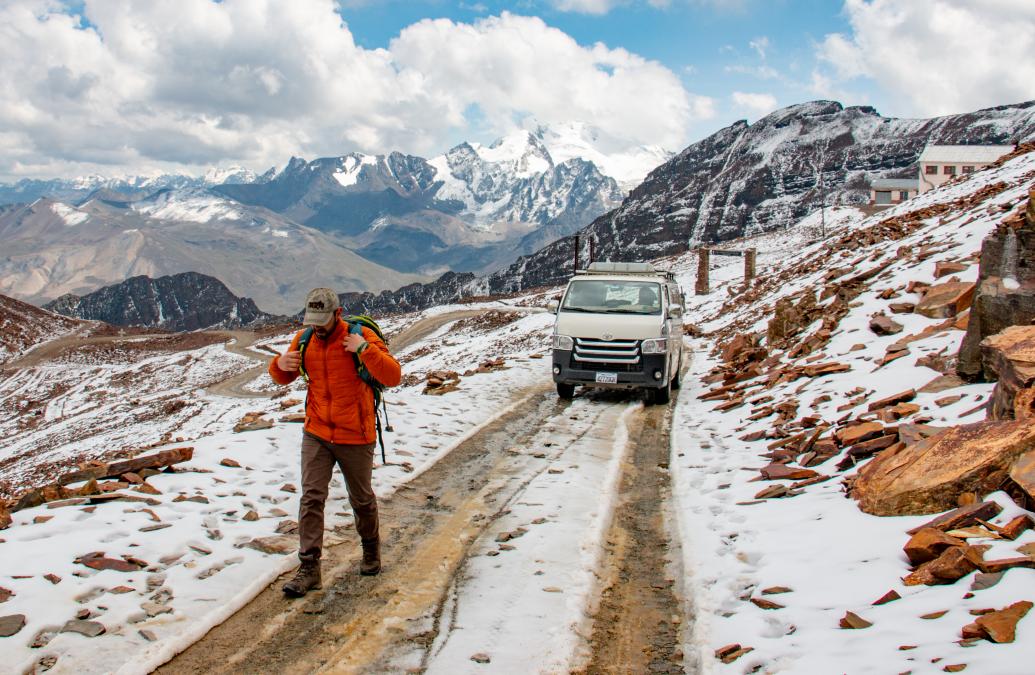
Image courtesy of Annie Savaria-Watson.
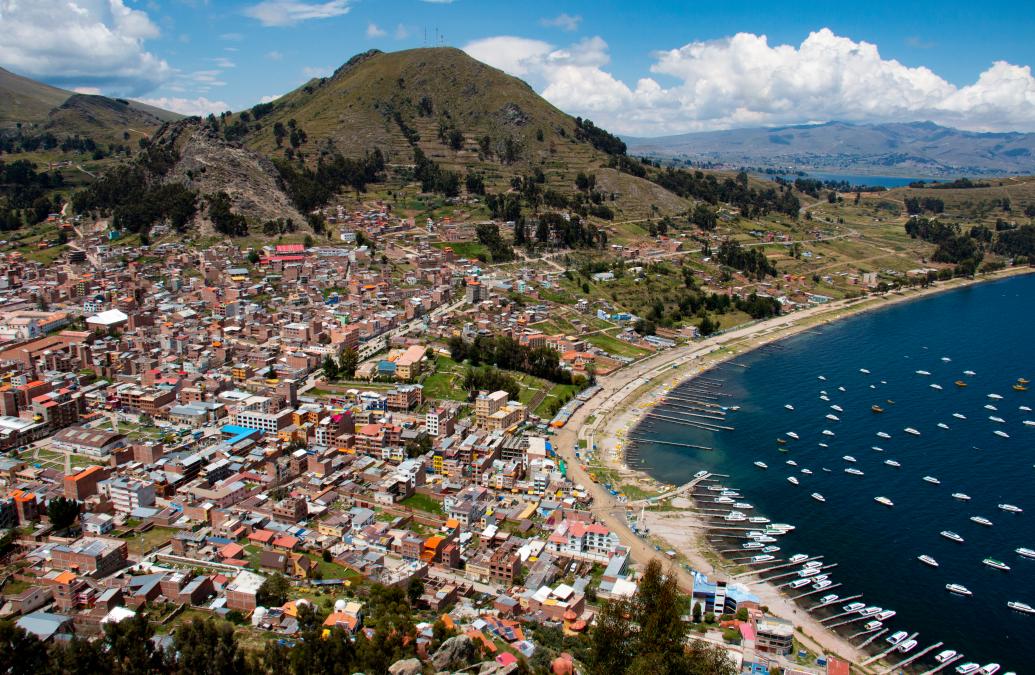
Image courtesy of Annie Savaria-Watson.
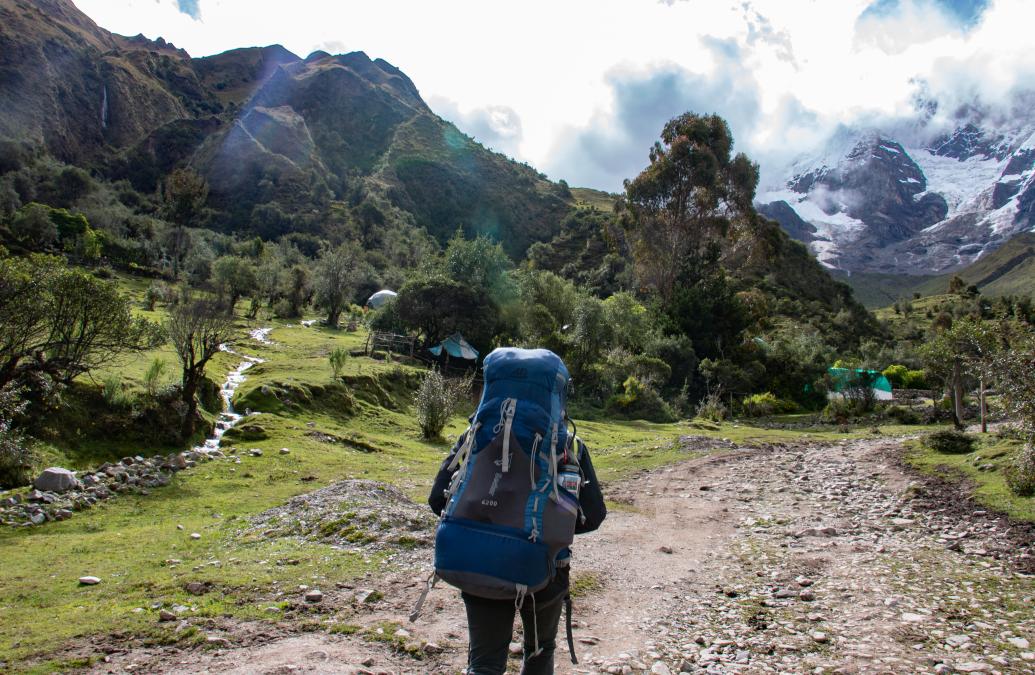
Image courtesy of Annie Savaria-Watson.
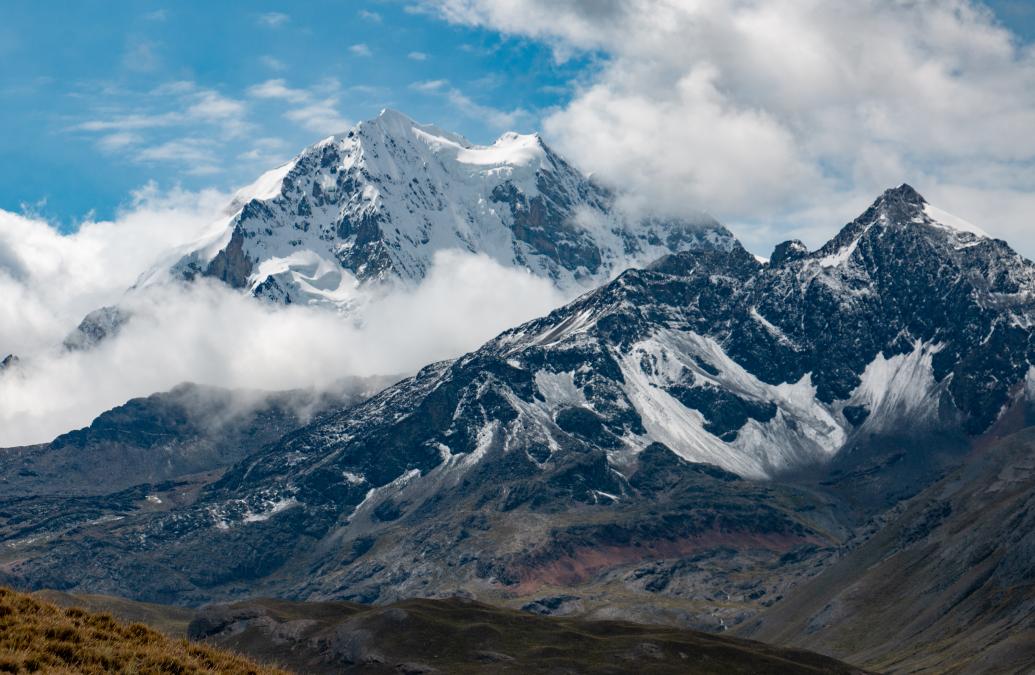
Image courtesy of Annie Savaria-Watson.
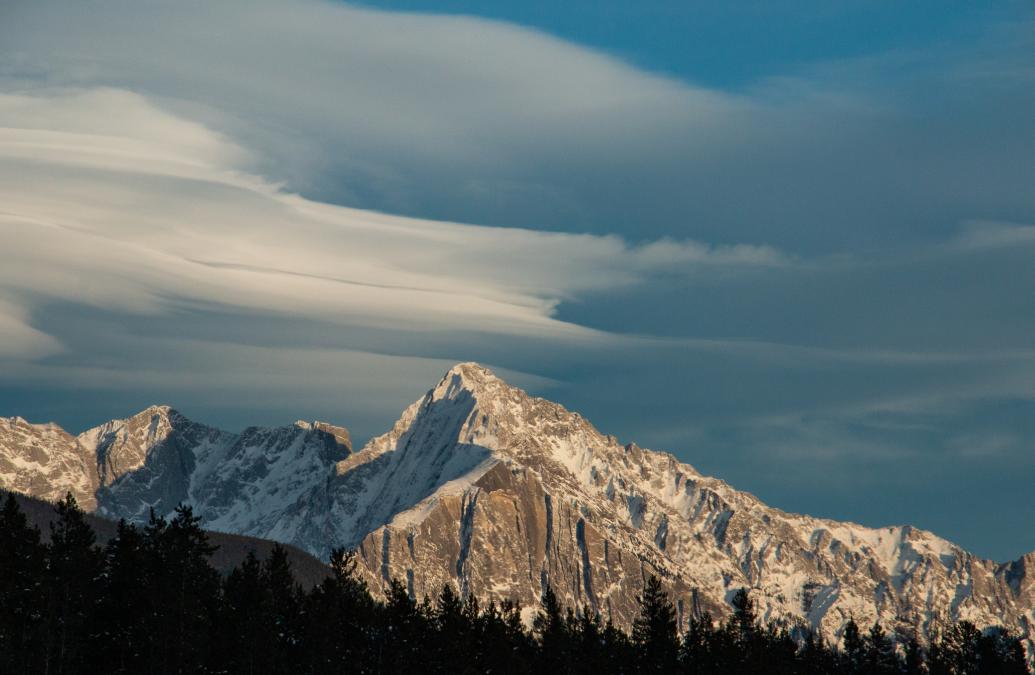
Image courtesy of Annie Savaria-Watson.
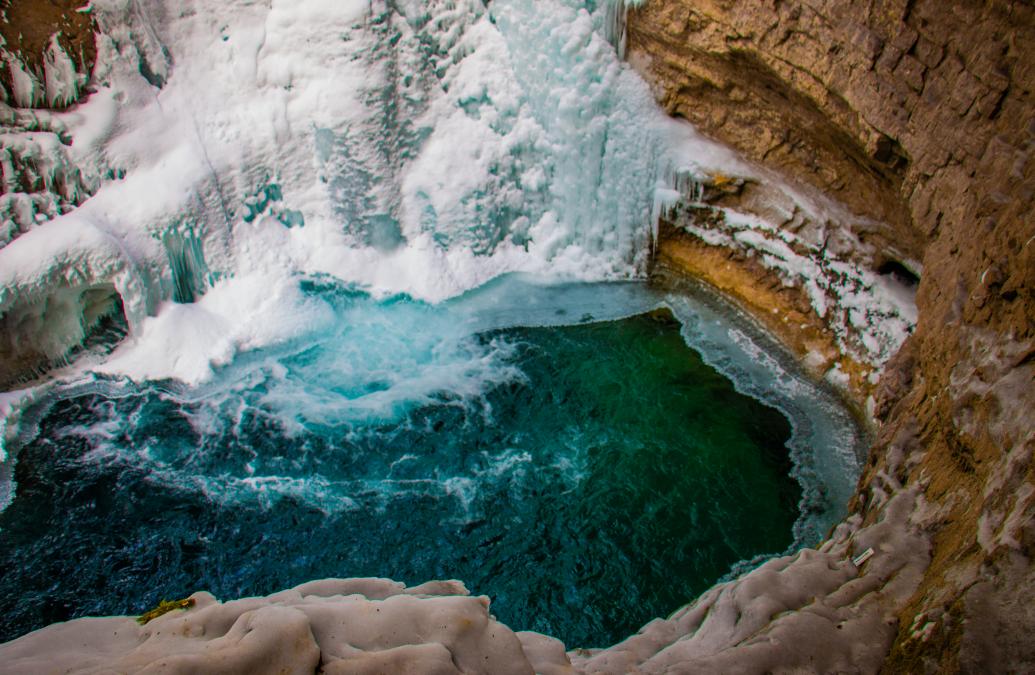
Image courtesy of Annie Savaria-Watson.
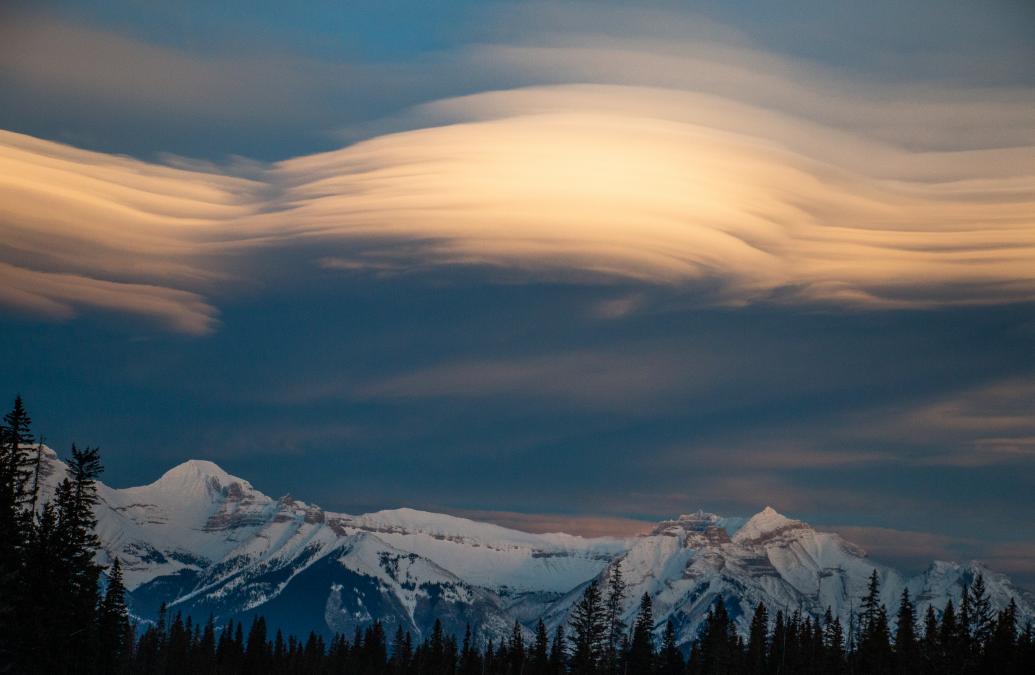
Image courtesy of Annie Savaria-Watson.
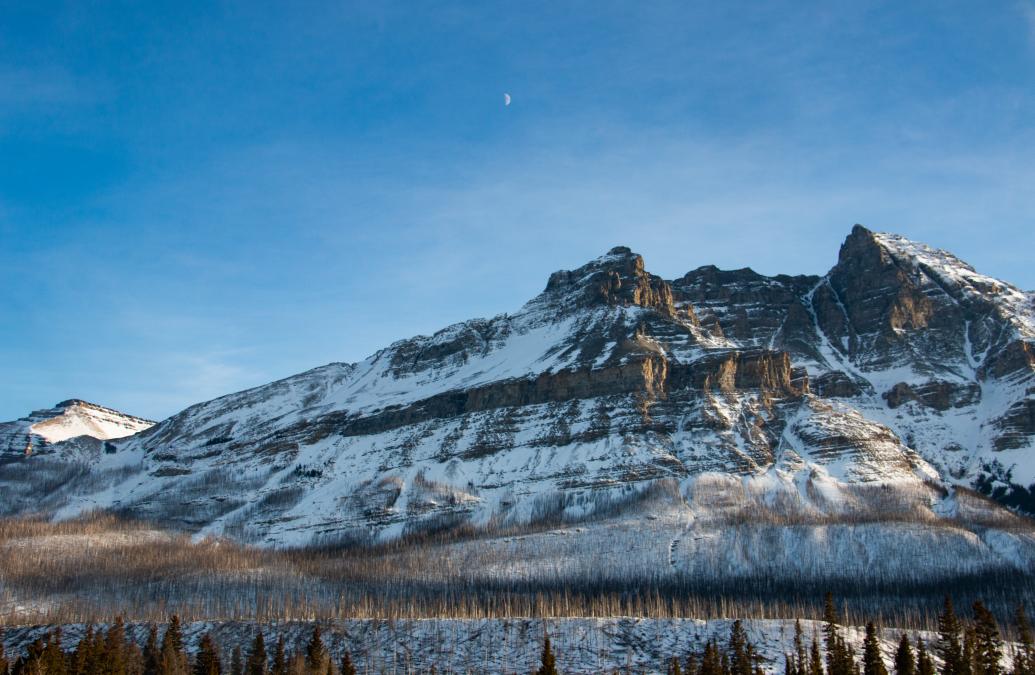
Image courtesy of Annie Savaria-Watson.
Over the course of six months, Edward Guiliano '72 Global fellow Annie Savaria-Watson '19 undertook research into the histories and human geographies surrounding glaciers in the Western Hemisphere. She visited the Cordillera Real of Bolivia, the Northern Canadian Rockies, and the Vilcabamba Range of the Peruvian Andes, recording her observations through photography, videography, and field notes.
What did you set out hoping to achieve?
During the course of this fellowship, I hoped to produce a comparative study of the histories and stories of settler colonialism using the glaciers of Canada and Bolivia. My goal was to create photo essays, field notes, a community blog space, a public Instagram, and a video documenting the aforementioned glaciers. Having done environmental history research in Chile, I hoped to expose myself to sociocultural worlds foreign from my prior experience and to share that engagement with my social circles at Brown and in Oregon. Intellectually, I also wished to push forward the work of indigenous and critical environmental justice scholars, whose perspective is forgotten in most hyper-positivist glacier research.
What did you learn from your experiences in Bolivia, Canada, and Peru?
I’ve frequently used the word “entangled” to understand how glaciers and the alpine imaginary have been folded into contemporary renderings of whiteness, wilderness, and indigeneity. I believe that looking at the Canadian Rockies and the southern Cordillera Real in Bolivia in a comparative framework has helped unpack the dynamics which shape glacial land management across the western hemisphere.
While superficially congruent spaces, the knowledge, and histories available in both spaces came in radically different forms. Rural Bolivia was filled with human and non-human life, and most stories and knowledge about the area’s glaciers or mountainous spaces were in oral story form. It was nearly impossible to find academic sources or material not packaged in hyper-touristic colorful pamphlets. Everything I learned came from connections with guides, locals, porters, or agriculturalists. Navigating my whiteness, which carried a polyvalent set of privileges and positionalities in Bolivia was one of the most complicated parts of my experience. At the same time, the experience of whiteness and indigeneity in Bolivia is not like that of North America. Conversely, almost everything available about Canada came in the form of written scientific, historical, or academic literature. Canada has very actively built a body of literature that establishes the image of the “Great White North” as central to national identity. Indigeneity in the Canadian national parks was only visible or acknowledged via museums or memorial placards.
This project grounded my belief that art and collaboration can be used to affect change in the world. The “Ethnoglaciology” Instagram allowed me to be socially engaged with organizations and individuals in Norway, Chile, Bolivia, Argentina, and Greenland. I made professional connections with artists and scientists around the globe. The Instagram offered an accessible point of entry to the images and content of the project - reaching a far wider audience than the long textual blog posts. Social media also gave me the chance to collaborate with glacier enthusiasts in New Zealand, and to explore representations of glaciers in population culture and news media.
To understand a phenomenon so specific as glaciers, one has to dive into the politics, the music, the agriculture, and the academic conversations that at first can seem tenuous and tangential to the work. I followed some intellectual roads which dead-ended and others which opened into very generative spaces. In planning to go to Bolivia, I could have never predicted that I would be required to bookend my travels with time in Peru. This time in Peru ended up being crucial to contextualizing my experience in Bolivia, and actually gave me a more holistic sense of the rhetoric used to describe glacial spaces in the Andean world (which extends across both Bolivia and Peru). This dual-country comparison also helps in understanding the specific ways in which state politics affect mountain ranges, indigenous populations, and center-periphery economic dynamics in the tropical Andes.
How has this experience impacted your personal learning and growth?
This fellowship gave me the opportunity to unstick myself from the ways I had previously traveled and researched. Both locations felt like I was very productively pushing boundaries in terms of my knowledge and comfort. The opportunity to visit these otherwise inaccessible spaces truly opened space for me to contextualize my studies at Brown and re-invigorated my passion for South America. Having a semester-long artistic passion project also helped me to engage with my coursework this semester in novel and exciting ways. My courses - Indigenous Resistance in Latin America, Music of the Andes, Environmental History, and Race and the Politics of Nature - all intersected and fed my study of glaciers in Bolivia and Canada. This fellowship infused my semester with a creative outlet and strengthened my coursework and personal passions. More superficially, this work also gave me the space to train my physical and alpine skills, to hone my photography, and to improve my Spanish.
Moving forward, will what you’ve learned during your Guiliano Fellowship impact your future engagement with this topic?
Absolutely. I’m deeply invested in the regions where people live in close proximity to glaciers. Especially in the context of the “offshoring” of environmental degradation (which the United States and Canada do so well), the regions in the global south who are having their waterways critically damaged or changed demand my attention. Bolivia, in particular, had such a unique political scene and history that I want to return and read more on the subject.
What advice would you give to future Guiliano Global fellows?
Read extensively on the areas you wish to visit, take as many notes as you can, and build connections in places you may one day return!
Keep up with Annie’s research by following Ethnoglaciology on Instagram or visiting www.ethnoglaciology.com. To find out more about the Edward Guiliano '72 Global Fellowship, visit the program page on our website.
